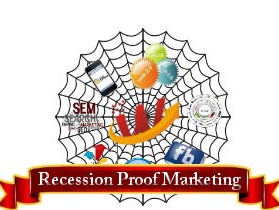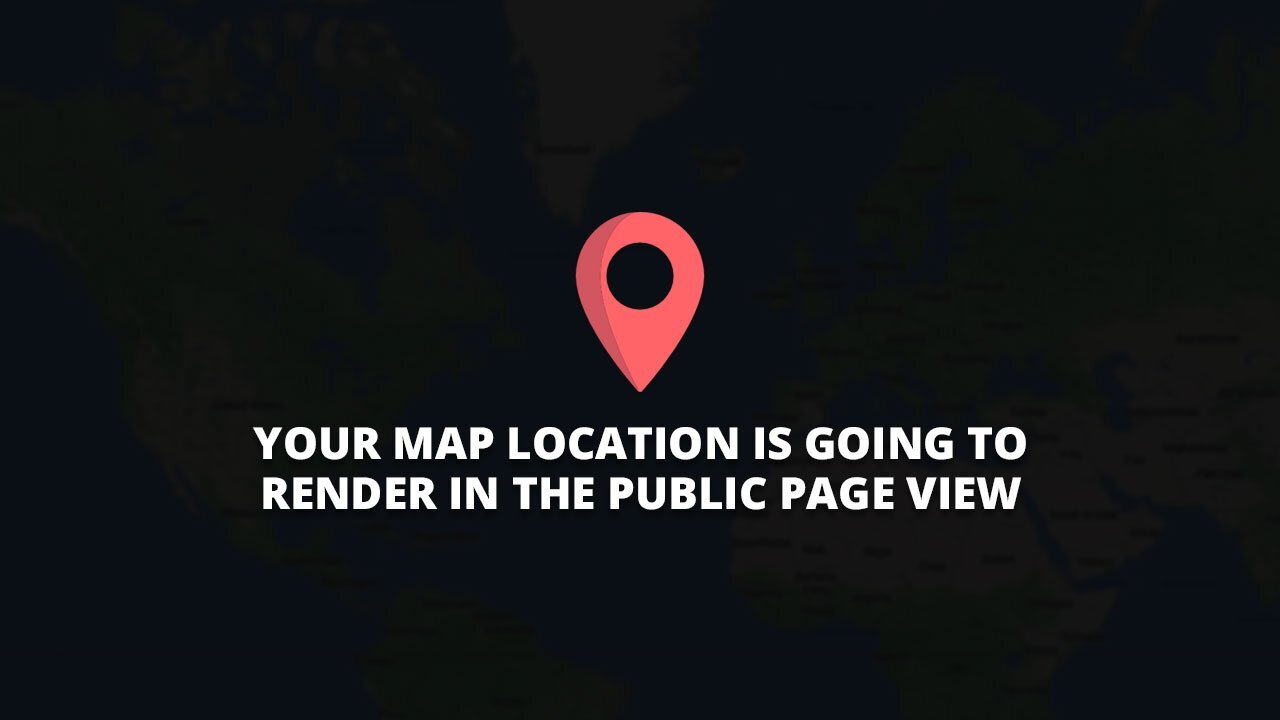
Crafting Your Customer's Journey: Why Content Matters
Creating the right content at each stage of the sales funnel is crucial for connecting with customers. The sales funnel represents the journey your audience goes through, starting from recognizing a problem to making a purchase and beyond. Each phase calls for tailored content that addresses specific needs and questions.
Understanding the Sales Funnel: A Path to Purchase
The buyer's journey generally consists of four primary stages: Awareness, Consideration, Decision, and Retention. Understanding these stages helps businesses plan their content effectively:
- Awareness: Customers realize they have a problem.
- Consideration: Customers research potential solutions.
- Decision: Customers decide on a solution and complete the purchase.
- Retention: Post-purchase, focus shifts to maintaining and enhancing customer relationships.
Sparking Interest at the Top of the Funnel
During the awareness stage, it's essential to grab the attention of potential customers by providing informative and engaging content. Some effective content types for this stage include:
- Blog Posts: Articles that discuss industry topics and answer common questions help establish your brand as an authority. For example, HubSpot often publishes helpful blog entries on various marketing strategies.
- Ebooks: Offering in-depth materials that users can download keeps your content accessible and enhances its perceived value. Research shows that 43% of marketers find ebooks effective for results.
- Videos: Engaging visual content, such as webinars, leads to greater retention of information. According to Brain Rules, visuals aid memory retention by up to 65%.
- Infographics: These shareable visuals convey information quickly and effectively. Reports reveal that 43% of marketers regard infographics as extremely effective.
Where to Promote Your Content: Finding Your Audience
Creating great content is only half the battle; you need to ensure it reaches potential customers. Here are some promotion channels you can utilize:
- Social Media: Platforms like Facebook, LinkedIn, and Instagram allow you to share your content with a broad audience. Paid promotions can significantly increase your reach.
- SEO and Organic Search: Optimizing your content for search engines ensures that it appears in relevant search results. Studies show organic searches account for 53% of all website traffic.
- Guest Posting: Contributing to reputable websites can help your content gain exposure to new audiences.
Transitioning Through the Funnel: Keeping Customers Engaged
As the buyer moves from awareness to consideration, the type of content must evolve. In this phase, customers are actively looking for solutions and comparing options. Useful content types include:
- Comparison Guides: Help prospects weigh different offerings, highlighting the strengths of your product over competitors.
- Case Studies: Real-world examples of how your product has benefited others can be powerful tools for convincing potential buyers.
From Purchase to Retention: Nurturing Relationships
After the purchase, businesses must focus on retention to cultivate long-term relationships. Here, it's about providing additional value:
- Thank You Emails: Express appreciation to customers for their purchase, inviting them to provide feedback.
- Educational Content: Share tips on how to use the product effectively, further encouraging user satisfaction and loyalty.
The Bottom Line: Content Is King in the Sales Funnel
Creating targeted content for each stage of the sales funnel isn't just beneficial—it's essential. By effectively understanding how your audience moves through the funnel and crafting appropriate content, you can boost conversions, enhance customer relationships, and ultimately drive business growth.
 Add Row
Add Row  Add
Add 





Write A Comment